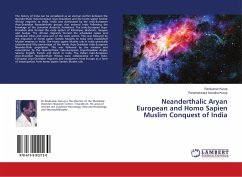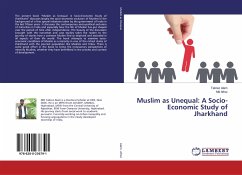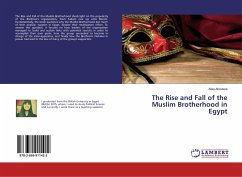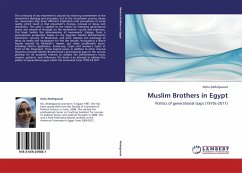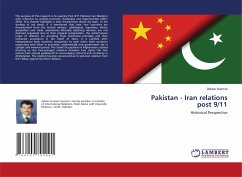The history of India can be considered as an eternal conflict between the Neanderthalic Indo-European Aryo-Dravidians and the homo sapien Semitic African migrants to India. India was dominated by the Indo-European Aryo-Dravidian Neanderthalic groups that entered India following the breakage of the Lemurian Antarctic homeland. The Indo-European Aryo-Dravidian elite formed the caste system of Kshatriyas, Brahmins, Vaisysas and Sudras. The African migrants formed the scheduled castes and scheduled tribes and were out of the caste system. This was followed by the migration of homo sapien Semitic Muslims to India who established Muslim empires in India. The homo sapien Muslim rule in India practically exterminated fifty percentage of the Hindu Aryo-Dravidian Indo-European Neanderthalic population. This was followed by the invasion and colonization by the Neanderthalic Indo-European Aryo-Dravidian Anglo-Saxons, English, French and Dutch in India. The Indian Indo-European Aryo-DravidianNeanderthalic Hindus were collaborative of the Indo-European Aryo-Dravidian migrants and conquerors from Europe as a form of emancipation from homo sapien Semitic Muslim rule.

